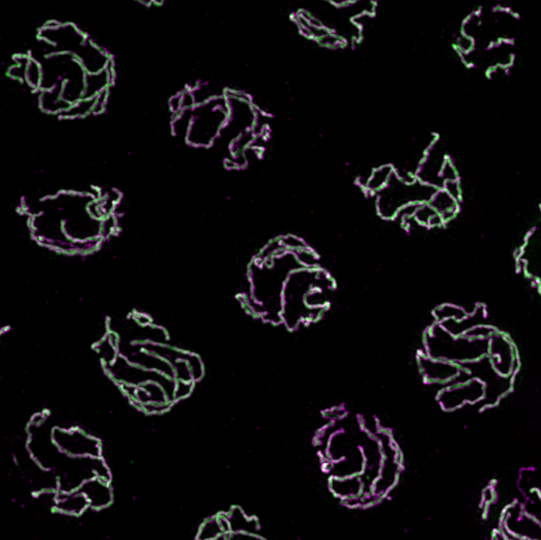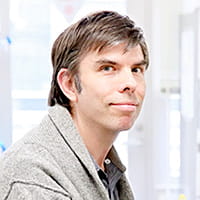Research summary
Research outline

Meiosis is a specialized cell division that generates sperm and oocytes. Defects in meiosis can result in infertility, miscarriage, and birth defects. However, the basic molecular mechanisms of meiosis are not well understood, and this hinders our understanding of human infertility problems. We aim to understand conserved mechanisms ensuring meiosis using the model organism Caenorhabditis elegans and thereby contribute to understanding problems in human sexual reproduction.
To create haploid gamete cells (sperm or egg cells) from diploid precursors in meiosis, homologous chromosomes must pair, recombine to make crossovers, and then separate from each other, reducing the genome by half. Crossover (chiasma) formation is a complex, risky process for the cell since genomic DNA needs to be cut and precisely repaired using information from the homologous chromosome. These complex events need to occur at the right time at the right place, controlled by cell cycle regulators and checkpoints. By studying meiosis in the nematode C. elegans, which has abundant oocytes and is very amenable to genetic manipulation, we aim to understand the mechanisms of chromosome dynamics, DNA double strand break formation, homologous recombination, and cell cycle control. Our expertise lies in imaging technology using high and super resolution microscopy. Looking through microscope lenses into the wonderland of cellular structures, we enjoy approaching biological questions wondering “how do cells manage to carry out such intricate events at the molecular level?”. In addition to basic genetics, biochemistry, and quantitative microscopy analysis, in recent years we have begun to use bioinformatic analysis of the genome, AI-based structural analysis of proteins, and genome-editing technology.
Main themes
- Understanding mechanisms of chromosome dynamics during meiosis
- Cell cycle regulation, DNA double strand break formation/repair/recombination regulations, Genome structure analysis
- Analysis of chromosome structures using high/super-resolution microscopy or live imaging
- AI-based protein structure/function analysis
- Genetics and molecular biology with genome-editing technology in the model organism C. elegans
Member
|
CARLTON, PeterAssociate Professor |
carlton.petermark.3v*kyoto-u.ac.jp See faculty information |
|---|
- Please note that the @ symbol has been replaced by *.
Access
Faculty of Medicine Campus, Science Frontier Laboratory

